Froth.
And saliva.
(Lots of it.)
That’s what flooded out of the mouth of a dude I saw getting knocked out by a vital point strike when I was 13 years old.
I couldn’t believe my eyes.
It was the coolest frickin’ thing I’d EVER seen!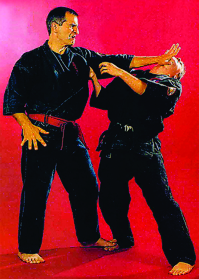
The instructor just lightly struck his opponent on three points (calf, spleen, temple), and the spastic collapse of the attacker was as frightening as it was awesome.
Ever since that day, I’ve been intrigued by the effectiveness of Kyusho-jutsu (vital/pressure points).
In fact, I’ve even used it myself.
(But it’s dangerous: The last guy I knocked out actually lost parts of his memory.)
Yet, few people seem to understand the huge advantage of knowing Kyusho.
It’s weird, really.
I mean, think about it:
Can you imagine spending 30, 40 or 50 years practicing the physical techniques of Karate, but almost no time researching the internal physiological functionality of human anatomy in order to cause maximum effect with minimum effort?
If you just adjust your aim a little bit, you could literally have 10x the effect.
That’s what Kyusho is.
And that’s why you need to know it.
(Especially if you’re a certified Karate Nerd™.)
Actually, I think Kyusho should be mandatory study for every serious black belt.
So…
With that being said, today I’ve decided to shed some light on this fascinating, dangerous and ancient – yet still highly debated – topic of vital points, by interviewing one of the world’s leading experts on the matter:
Sensei Evan Pantazi.

As a veteran in the field, sensei Pantazi is unquestionably one of the most sought-after experts of Kyusho worldwide – having authored dozens of books, videos, DVDs and software – while boasting 350 affiliates in 35 countries immersed in his scientifically based Kyusho system.
This, ladies and gentlemen, is as close to a “death touch” expert you’ll probably get.
Cool, right?
But, as you’ll quickly see, Pantazi sensei operates from a mindset of humility, openness and knowledge – even though he’s probably caused more people to faint than the Pope.
So, read closely as I reveal my chat with Evan Pantazi – The Pressure Point Picasso.
Enjoy!
(And kids, don’t try this at home, mmkay?)
Here we go:
J (Jesse): All right, let’s take it from the beginning: What is “Kyusho”?
EP (Evan Pantazi): “Kyusho literally means “Vital Point(s)”, and is the Japanese term for something that has been in existence for millennia. It can be traced back into India (called Marma), then to China (where they call it Dim Mak or Dim Hsueh) and then to Okinawa and Japan (Kyusho).
There are many obvious vital points on the body that everyone knows; like the eyes, throat, temples and others. However, there are far more internal vital points that are not well known and were hidden from many martial artists until only recently in history. Basically, they can be broken down into two main categories of physiological structure; Blood and Nerve related.
These formerly secret points on the human body where discovered by the ancient cultures for both healing and martial purpose, as they relate and can control the functionality of the body.”
J: Right. Various spots on the human body can be manipulated for specific effects – like healing or hurting. But what role has Kyusho played in the history of Karate, exactly?
EP: “Kyusho, or the study of the vital points, is the backbone of many ancient martial arts like Karate, and was historically transmitted via written and personal instruction. In the case of Karate, the personal instruction modality was, and still is, the kata.
These old patterns of movements hid the vital targets as they honed the weapons, the motions and muscle memory to access and utilize them. The instructor could teach a kata to many people, yet not teach the actual targets to anyone they deemed unworthy or untrusted – and thereby keeping it hidden.”
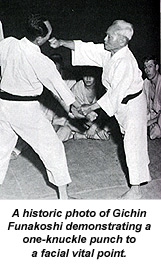 J: You believe there are “hidden” techniques in kata?
J: You believe there are “hidden” techniques in kata?
EP: “I believe Kyusho was a keystone of the older styles, and can logically explain even the stranger movements of kata, that most conclude are just a “stylistic” physical action. By studying Kyusho under a qualified instructor, the practitioner can begin to fully understand his art and open the infinite potential for themselves that lies within.
One kata, like Sanchin as example, can be a complete martial art by itself when the Kyusho is understood. This seemingly short “body conditioning” kata can be used for any attack, or even in ground fighting, once the Kyusho or vital points are known and involved.”
J: In other words, when it comes to Kyusho, the lessons of a kata – once understood and applied correctly – transcend the boundaries of said kata and can be applied to numerous situations. That sounds awesome! So, why isn’t Kyusho more widespread in modern martial arts?
EP: “In recent times, society has had less need for this type of study – as well as more laws that prohibited bodily damage or loss of life even under physical attack, and the martial arts have begun to trend away from life-and-death or weapon combat into more sport and exercise based activity. So, the real inner information is not really pursued as much as the trophy.
Another reason why Kyusho is not well known is that the science almost became extinct, as the real old bushi [Jap. “warrior”] died out. Luckily for us and future generations, the information has resurfaced – but it will take time spreading it as more qualified instructors with measured skill and lineage are developed. Thanks to the internet though, Kyusho is now internationally known of, but more time is necessary to become the norm.”
J: But, if Kyusho truly is as dangerous as it seems, maybe it should just be kept secret? I mean, should “regular” Karate people even learn these “dark arts”?
EP: “Well sir, I do not view any Karate-ka as “regular” – since they seek a higher degree of personal development in their life, in our modern society, which sadly is a fading goal. However, I do understand the question and feel that anyone that devotes their time to an endeavor should do it fully.
As example: Most martial artists today spend decades of their life in practicing and researching the physiology of a punch, kick, grab or manipulation of the human body – but not the physiology of the body functionality itself. They give little thought or effort to the vital areas, inter-relationships or anatomical structures that most efficiently accomplish these skills, or can, in reverse engineering, incapacitate the same functionality of an opponent. These structures or components are one in the same, and inseparable, yet most seek just the cause and not the effect – or how to cause a specific effect. So if you are a true Karate-ka, and you strive for deep understanding, Kyusho fills the void in that study.
These structures or components are one in the same, and inseparable, yet most seek just the cause and not the effect – or how to cause a specific effect. So if you are a true Karate-ka, and you strive for deep understanding, Kyusho fills the void in that study.
Is it for everyone? No. Just those that seek the full scope of Karate, below the surface.”
J: Amen. Going back to kata: I think many people would love to understand how vital points can be discovered and applied through analyzing the movements of kata. Could you elaborate a bit on the relationship between bunkai and Kyusho?
EP: “Sure. First of all, bunkai can be interpreted as a breakdown of the motions of a particular kata; so that the postures, movements and transitions can be understood or practiced to handle certain applications under assault.”
J: Correctamundo.
EP: “Now, many of the moves in kata are “odd” to say the least. They have no potential to really defend a practitioner with muscle force in either defense or offensive actions. However, when the practitioner understands that these moves are descriptive motions on how to properly attack or manipulate an opponents weaker anatomical structures, i.e. Kyusho, the moves are no longer “odd” – they become validated and valuable.
What’s more, is that you can methodically practice these actions, targets and angles of attack with full force each time you work a kata, even if there is no training partner readily available.”
J: And that’s why kata exists in the first place!

EP: “But the true wonder is that when you begin to involve Kyusho in your kata, your bunkai becomes infinite and only limited to your thoughts. As each small action in a kata can be directed at any Kyusho target, this grows the potential of bunkai to exponential possibility.
An example, and please forgive me for talking about a personal experience here for a bit: I went on a instructional seminar tour one year that spanned 16 countries. I used only one move that is seen in most kata, and was able to teach 162 unique applications – only made possible through understanding and using Kyusho as the keystone of the bunkai, and letting your mind open to all possibilities.
This connection between bunkai and Kyusho can be made for any move, from any kata, by any individual.
Kyusho opens your full potential.”
To be continued in part 2.
Stay tuned.
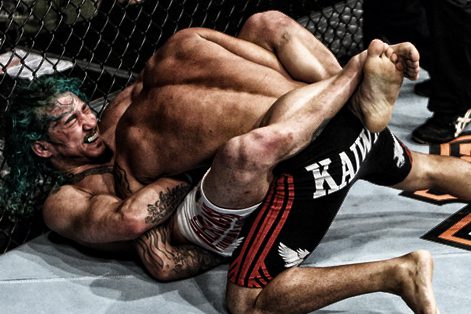
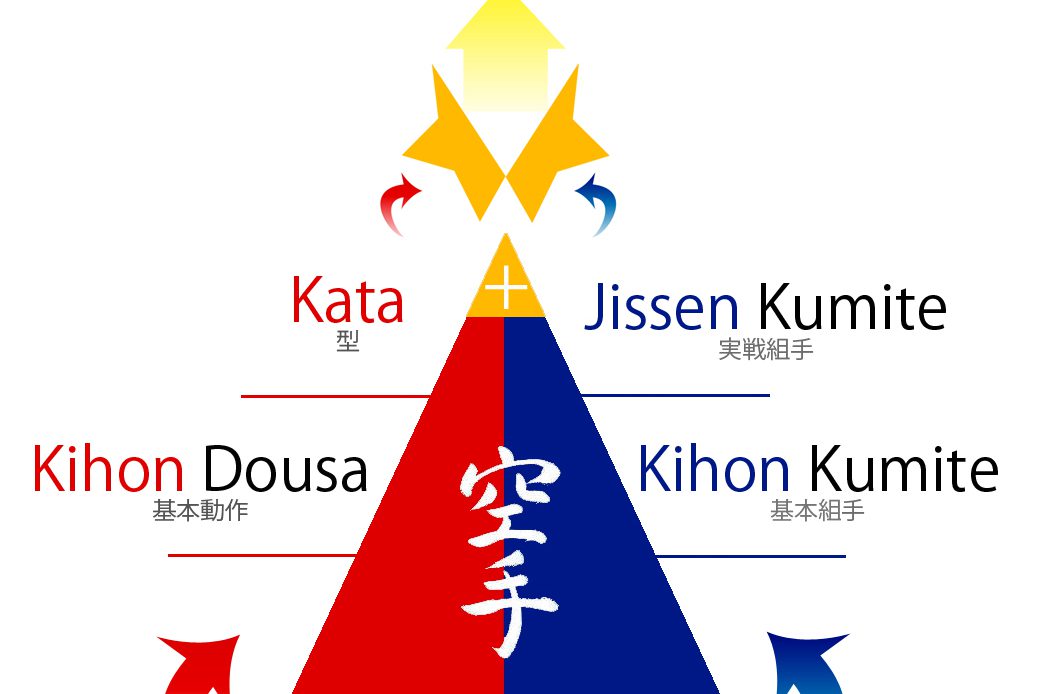
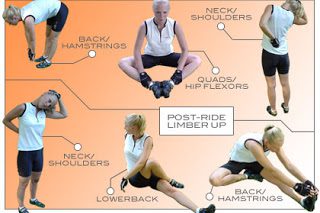
34 Comments